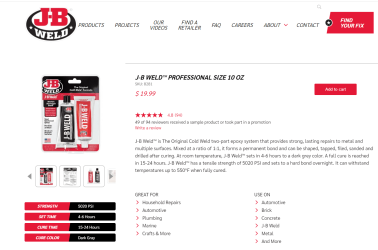Wedgy
Well-Known Member
- Joined
- Feb 9, 2013
- Messages
- 3,283
Go to 4:40 of the video and check your rail like Jeff does. Bed it for sure so you can eliminate any future issues. Clean the screw holes to get rid of any oil. Epoxy/JB Weld comes off easily with a little bit of heat and cleans up with carb cleaner. Tape off any parts you don't want to get epoxy on and wear gloves. Watch the video a couple times then do it.

